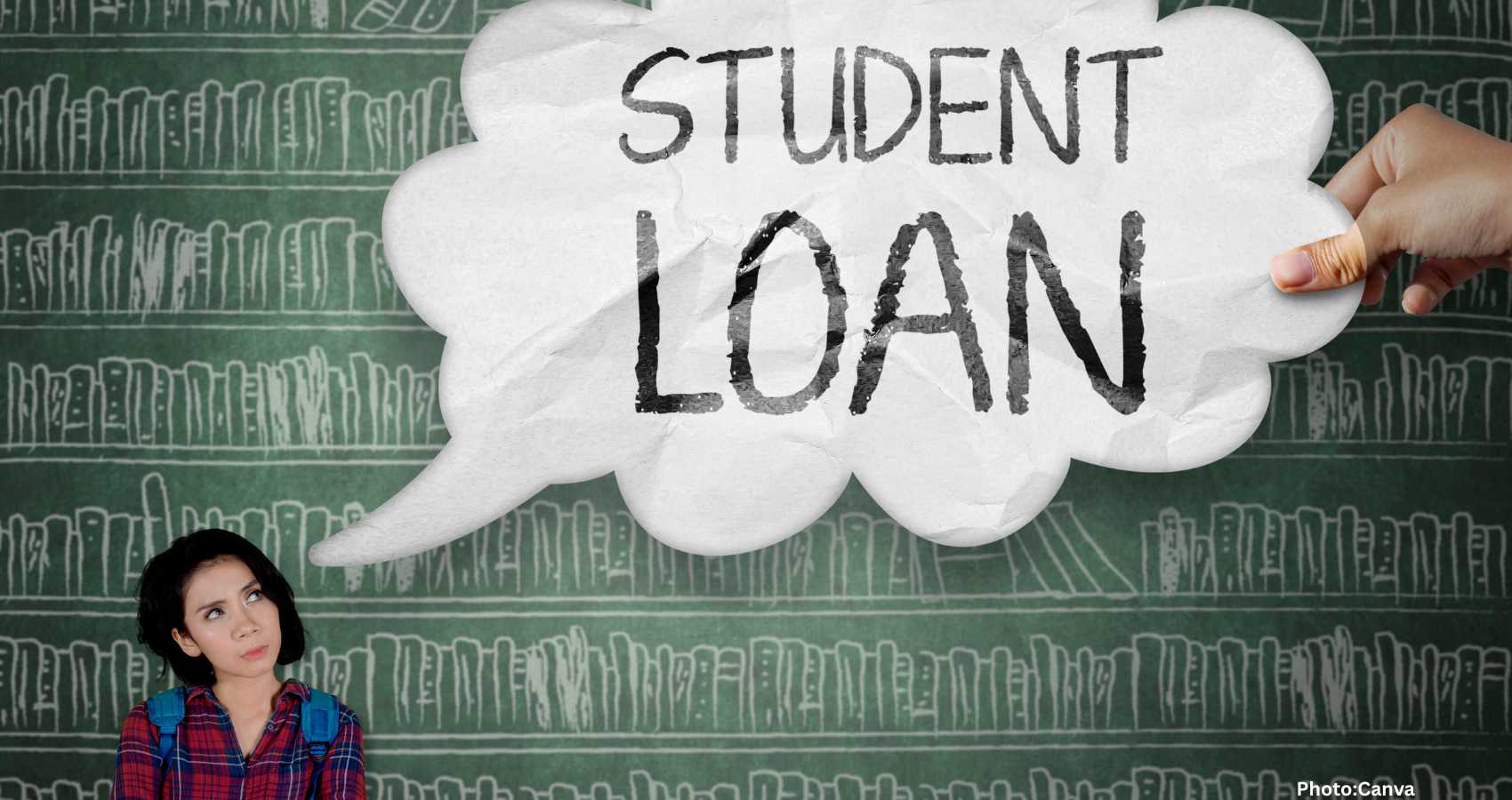A major student loan forgiveness program has resumed, with borrowers on income-driven repayment plans receiving emails confirming their eligibility for loan discharge.
A significant student loan forgiveness initiative has restarted after a hiatus of several months. Recently, borrowers enrolled in income-driven repayment (IDR) plans have begun receiving notifications from the Department of Education, indicating that they have met the necessary payment criteria and are now eligible for loan forgiveness.
Emails reviewed by Business Insider featured the subject line: “You’re eligible to have your student loan(s) discharged.” These messages informed borrowers that the department is coordinating with their loan servicers to implement the relief over the coming months, with discharge information expected to be sent to servicers after October 21.
Income-driven repayment plans adjust monthly student loan payments based on a borrower’s income, offering forgiveness after 20 or 25 years of qualifying payments. As of the second quarter of 2025, approximately two million borrowers were enrolled in these plans, according to data from Federal Student Aid. The Department of Education had paused relief under these programs since July to verify payment records.
The emails also stated, “Your loan servicer will notify you if and when your IBR discharge has been processed.” While most borrowers can expect their discharge to be processed within two weeks, some may experience longer processing times.
Borrowers who wish to decline the IBR loan relief have until October 21 to inform their loan servicer of their decision. The Department of Education cautioned that some borrowers might opt out to avoid potential state tax obligations. However, those who choose to decline forgiveness must continue making regular loan payments.
As pressure mounts to finalize student loan forgiveness before the end of the year, a provision in the American Rescue Plan from 2021 that made debt relief tax-free is set to expire. Borrowers receiving forgiveness after January 1, 2026, could face significant tax liabilities.
In September, the American Federation of Teachers, which represents members on IDR plans and those eligible for Public Service Loan Forgiveness, filed a complaint urging the Department of Education to cancel loans for borrowers who have met their payment requirements before the relief becomes taxable again.
As the processing of IDR applications accelerates, the Trump administration is actively pursuing measures to limit future loan forgiveness and overhaul student repayment programs. Discussions regarding these changes concluded the first week of October, under President Donald Trump’s proposed spending law, which aims to replace current income-driven repayment plans with two less favorable alternatives.
The administration is also expanding the role of its ombudsman’s office to educate borrowers about repayment options, indicating a shift away from debt relief initiatives. This follows the department’s decision to resume collections on defaulted student loans in May, ending a five-year suspension.
James Bergeron, acting head of Federal Student Aid, stated in a September announcement, “Unlike the previous administration’s focus on loan forgiveness, the Trump Administration is taking action to implement meaningful and necessary enhancements to the way student loans are serviced to better serve borrowers and American taxpayers,” as reported by Business Insider.
Source: Original article

